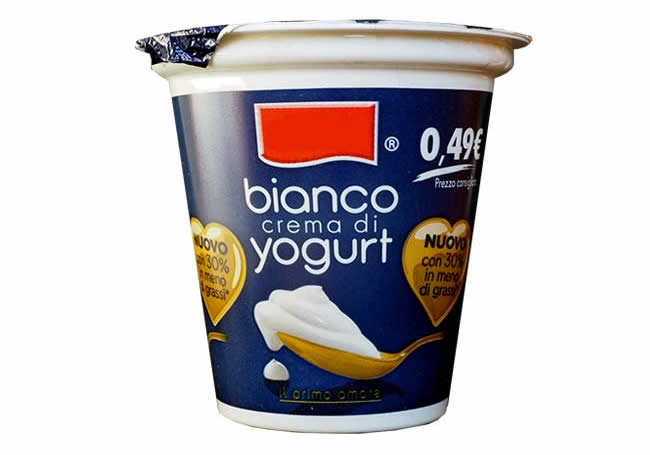Specifications:
PEPA®:PQ-69/PP-79、80
CAPA® Synthetic paper:BCH、BCD、BCP |
Descriptions:
Currently, in the injection moulding fabrication process, the process of unibody moulding by placing the label in the mould with a mechanical arm is common because it saves the processing time and cost spent in the traditional fabrication process of pressure sensitive labels, printing, and carrying out automatic labeling on bottle bodies. Furthermore, it has the advantage of being recyclable, thus environmentally friendly, and finished products are difficult to counterfeit. Pearl paper is becoming more popular and more frequently sold for such market applications due to its excellent printing, moulding operations, and favorable cost.
※We recommend this product for volume label printing houses and food manufacturers.
|
Procedure:
Roll wrapping at the PP and PQ levels →
UV letter-press rotary printing or gravure printing →
shaping → injection moulding → finished product |
Advantage:
1.It is suitable for unibody blow moulding of PP bottles and HDPE bottle.
2.It has good processing operations.
3.It can be recycled with containers because they are made of the same material. |
Possibility of Material Application |
 |
| Characteristic comparison |
PEPA® |
CAPA® |
| 1 |
Recommended
choice: |
PQ-69/PP-79、80 |
BCH、BCD、BCP |
| 2 |
Thickness 69μ~200μ |
69 、79、80 |
80~200 |
| 3 |
Smoothness |
◎ |
◎ |
| 4 |
Thickness uniformity |
◎ |
◎ |
| 5 |
Stiffness |
◎ |
◎ |
| 6 |
Resolution ratio of
printing |
◎ |
○ |
| 7 |
Dryness time |
○ |
◎ |
| 8 |
Proportion |
0.63~0.84 |
1.0.~1.375 |
| 9 |
Paper folding and
enfoldment |
○ |
◎
(No orange peel aspect) |
| 10 |
Punching and stamping |
◎ |
◎ |
| 11 |
Applicable temperature |
-15~120℃ |
-10~140℃ |
| 12 |
Moisture resistance |
◎ |
◎ |
| 13 |
knurling |
○ |
◎ |
| 14 |
Weather-resistant
temperature |
-15~50℃ |
-15~50℃ |
| 15 |
Project development |
◎ |
◎ |
| 16 |
Price comparison |
Medium-low |
Medium |
| |
Contact us |
Contact us |
| X→No、△→OK、○→Well、◎→Excellent |